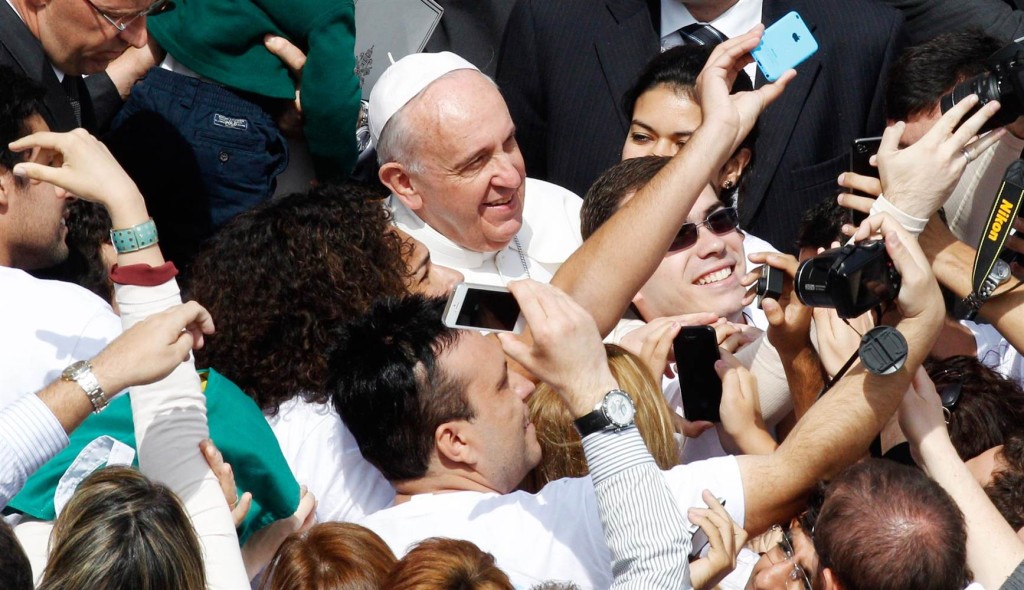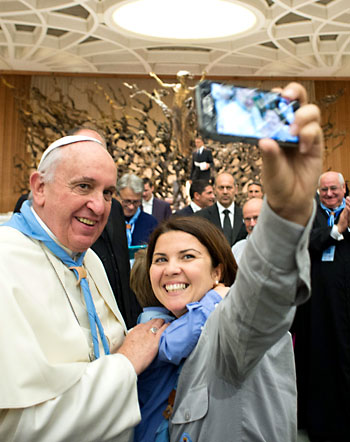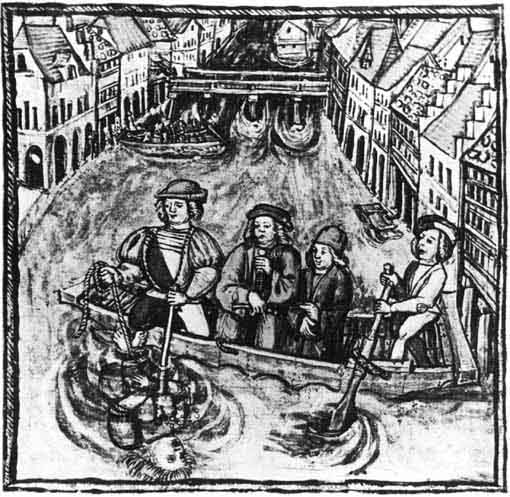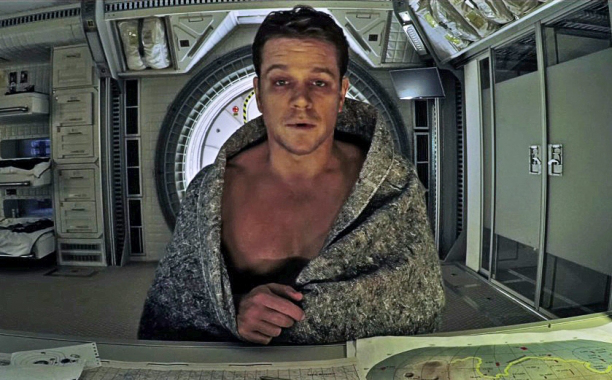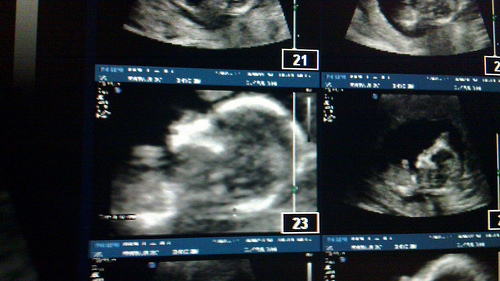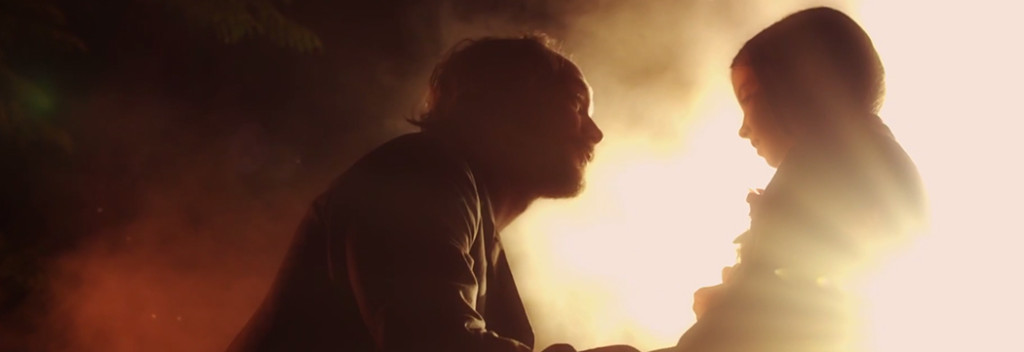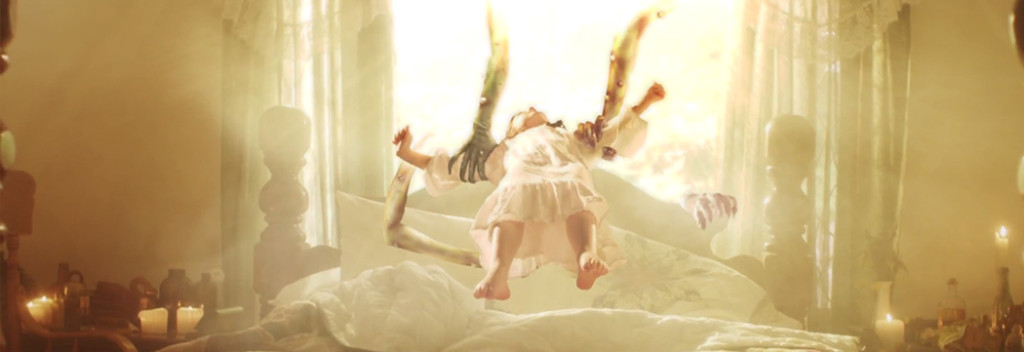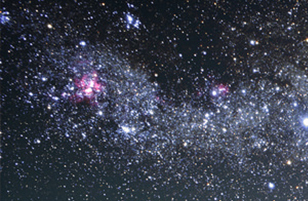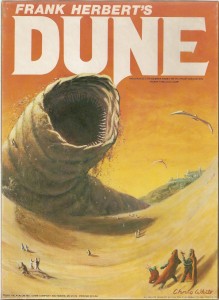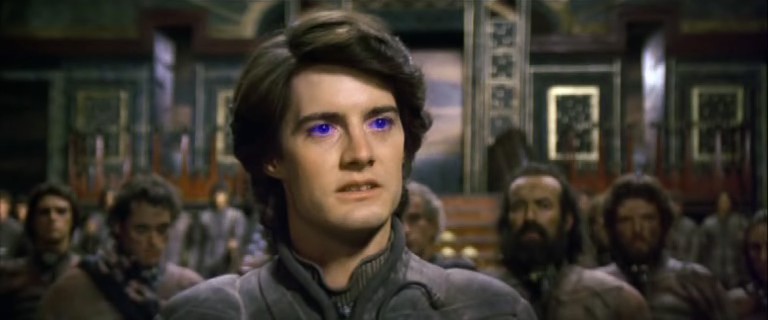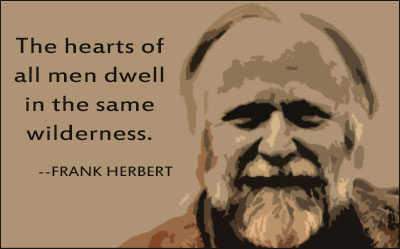“When a country is determined to remain true to its founding principles,
based on respect for human dignity, it is strengthened and renewed.”
–Pope Francis, Address at Independence Mall, Philadelphia
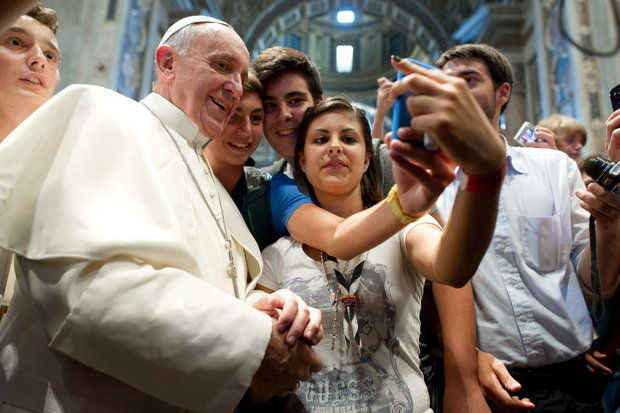
We’re still not tired of Papal selfies here at Sacred Earthlings, no sir.
The Pope’s visit to the northeastern United States is over, and things in the Northeast are getting back to normal. Of all the things that the Pope said while he was here, some of the most striking for those of us in the “cheap seats” were said during the inspiring off-book speech where he encouraged Catholics and listeners to realize that “love is in the little things” and “that it’s worth being a family.”
One of the things you may not have known about Pope Francis is that he reads widely, and that he’s a fan of Catholic science fiction, specifically 1907’s bombastic Lord of the World by Robert Hugh Benson, as well as the more familiar-to-readers C.S. Lewis and G.K. Chesterton.
In honor of the successful completion of Pope Francis’ visit to the United States, here is an extremely short (and by no means exhaustive) list of other clerical/Pontifical SFF novels to enjoy while we’re still thinking about our revered pontiff:
The God Game by Andrew Greeley — I remember reading this eighties novel when I first really got into computer games. A small Catholic priest playtests a computer game for a relative, and finds the premise real: he’s actually become God for a very real world of real people. The priest finds that it’s “hell being God,” in hilarious, touching and affecting ways.
The Deryni trilogies by Katherine Kurtz — Set in the medieval-fantasy world of Gwynedd, where human and Deryni live next to one another, much of the politics and story in this long-standing and respected series of novels surrounds the Catholic-cognate Holy Church.
Pavane by Keith Roberts — This fascinating 1968 alternate-history novel details what might have happened if the Protestant Reformation had not occurred and a less innovative, more medieval form of Catholicism had stayed prevalent across Europe.
A Canticle For Leibowitz by Walter M. Miller, Jr. — These two novels are on the list because they should really be first for any reader new to religious science fiction. After a nuclear apocalypse and a descent into a Dark Age, the acolyte monks of Liebowitz preserve scientific information for a world that is not yet ready for it.
For the record, Dan Brown does not belong on this list at all. Sorry, Dan.
Just as a housekeeping measure, we’re trying to keep a monthly post count of new stories at Third Order, but to do that we need more submissions! Got something in your stable of shorts that might apply? Give the guidelines a look and send it over, because we might just have room for it!
– – –
Subscribe to Sacred Earthlings for new story notifications!
Read the August Third Order story, “A Tomb For Demrick Fauston,” by Fred McGavran!



